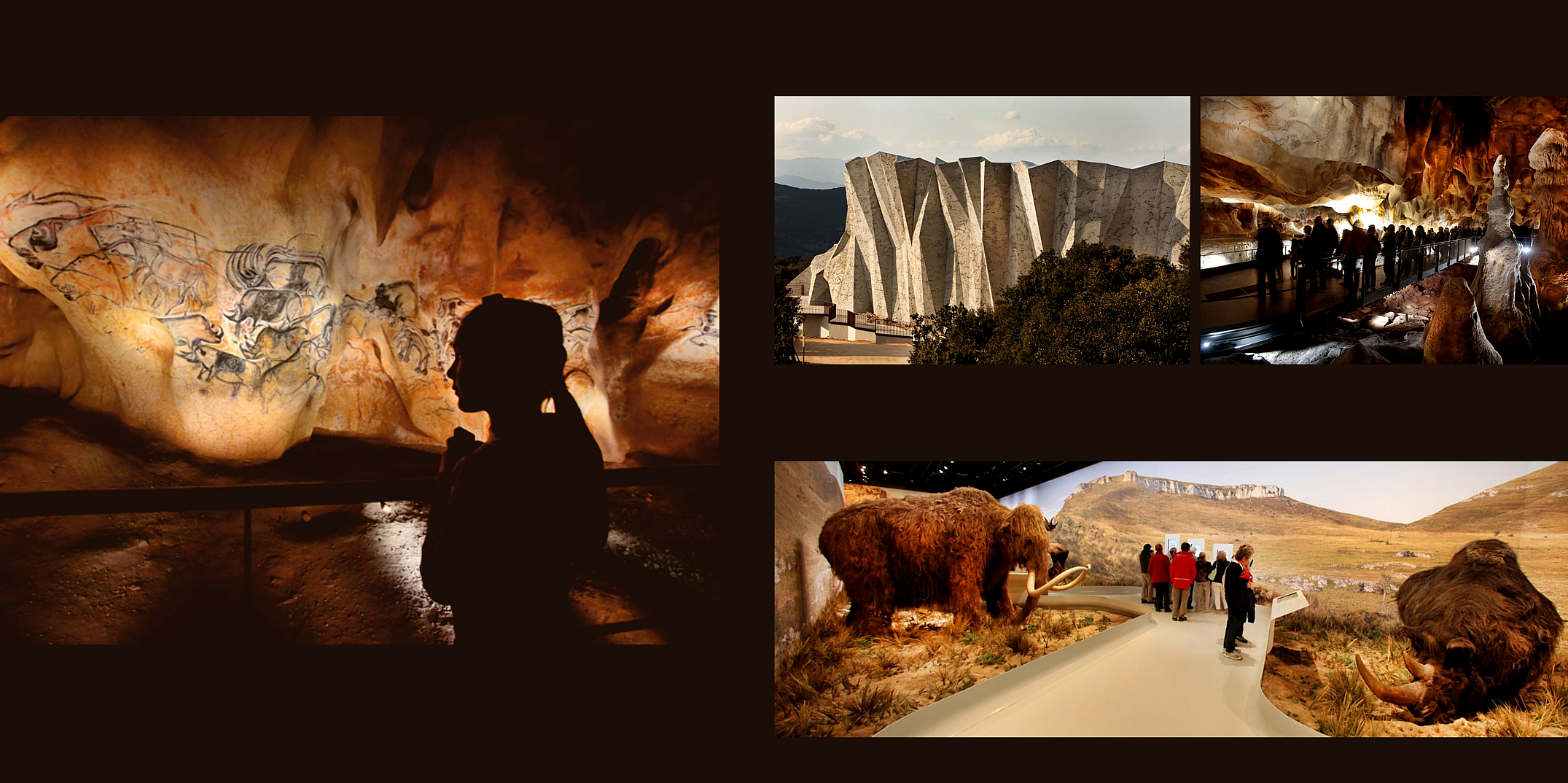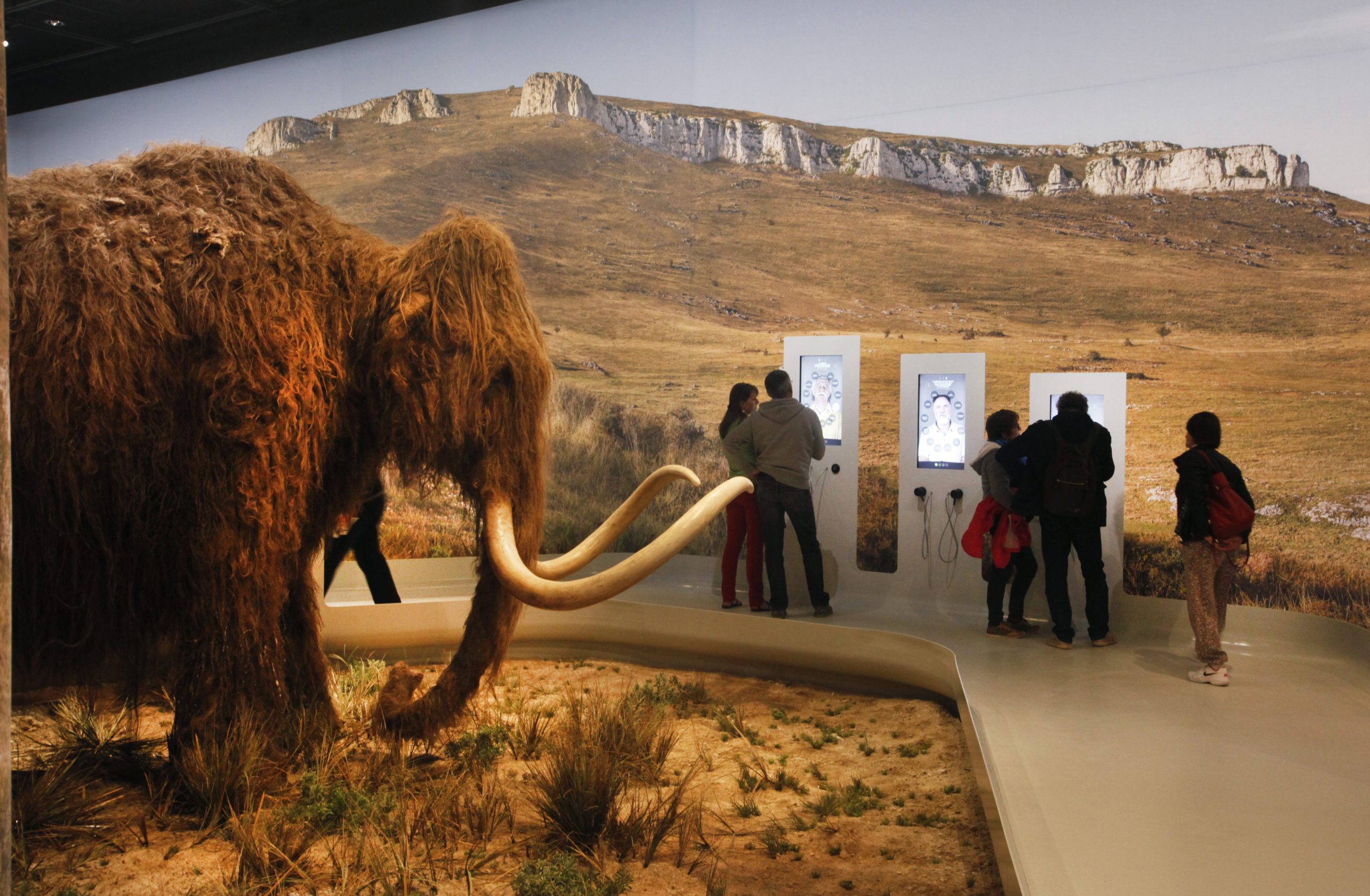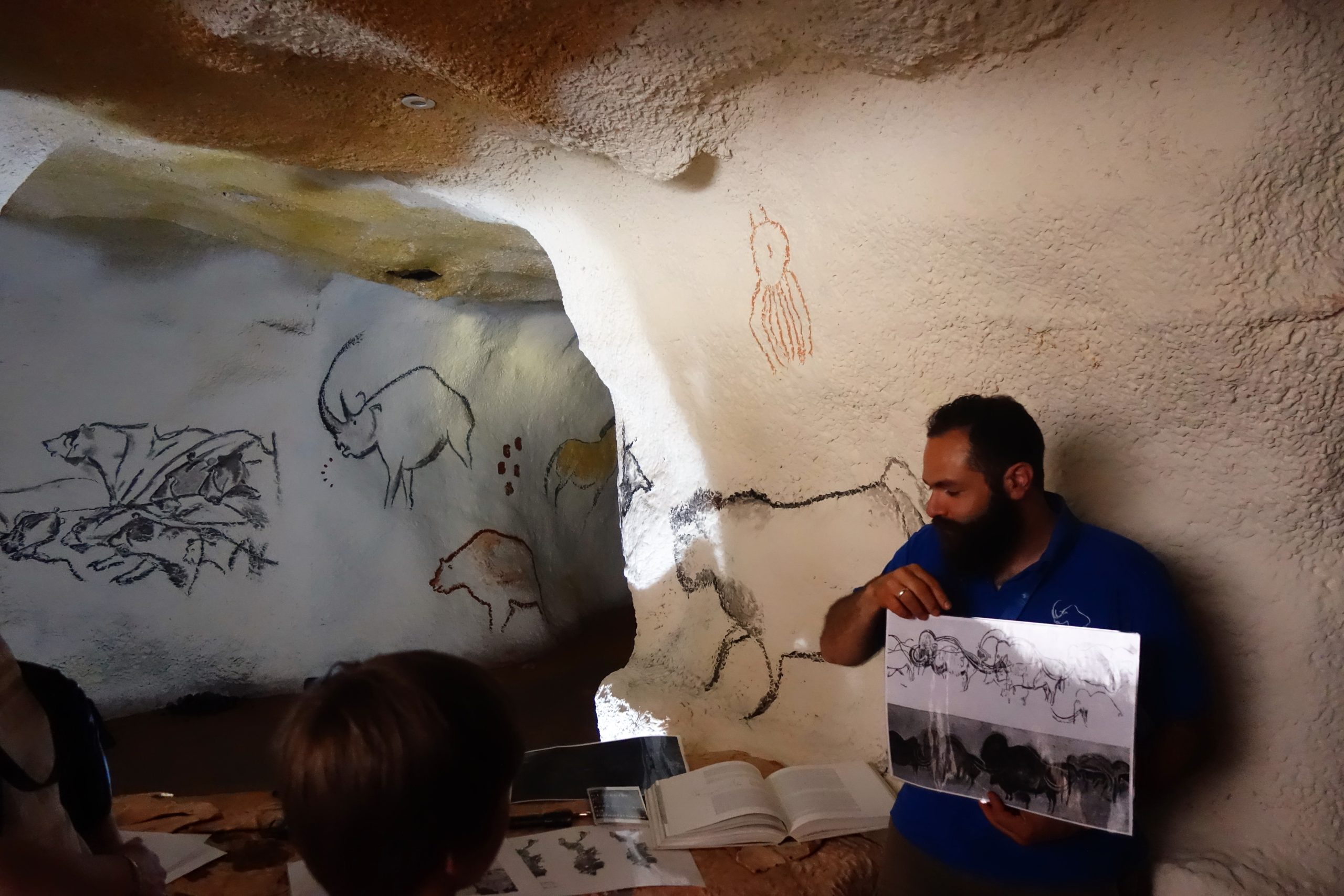Age of the artistic representations: The artistic representations found in Chauvet 2 – Ardèche Cave, also known as the Chauvet Cave Replica, are replicas of the original prehistoric rock art discovered in the nearby Chauvet Cave. The Chauvet Cave itself contains some of the oldest and most remarkable cave paintings ever discovered, dating back approximately 36,000 years.
General description of the destination: Chauvet 2 – Ardèche Cave offers visitors a captivating journey back in time to experience the extraordinary beauty and cultural significance of the world-renowned Chauvet Cave paintings, providing a unique opportunity to explore the wonders of our ancient past.
History of the site: The artistic representations found in Chauvet 2 – Ardèche Cave, also known as the Chauvet Cave Replica, are replicas of the original prehistoric rock art discovered in the nearby Chauvet Cave. The Chauvet Cave itself contains some of the oldest and most remarkable cave paintings ever discovered, dating back approximately 36,000 years.
Museographic resources description: It is an exceptional and enormous Archaeological Park that houses the replica of the enormous and amazing Cave of Chauvet, in Pont d’Arc (Ardéche).
The building that houses the replica is certainly unique, and the reproduction of the cave and its art has been done with the utmost precision and preciousness.
After visiting the replica of the cave, the Chauvet2 complex allows us to continue exploring the prehistoric universe in the exhibition entitled the “Gallery of the Aurignacians”. Immersive films, tactile terminals, woolly rhinoceroses, mammoths, mega-steppers and other naturalised steppe bison invite you to discover the environment, the fauna and the flora that the men and women who lived in the cave territory 36,000 years ago knew.
Through a playful and interactive museographic journey, three themes are addressed: Our prehistoric ancestors: Who were they? Where did they come from? How did they live? Other spaces are dedicated to the art developed by our ancestors, how did they do it? What pictorial techniques did they use? What themes did they deal with? What meaning did they give to their art? In the outdoor park there are various experimental archaeology workshops for all audiences.




















